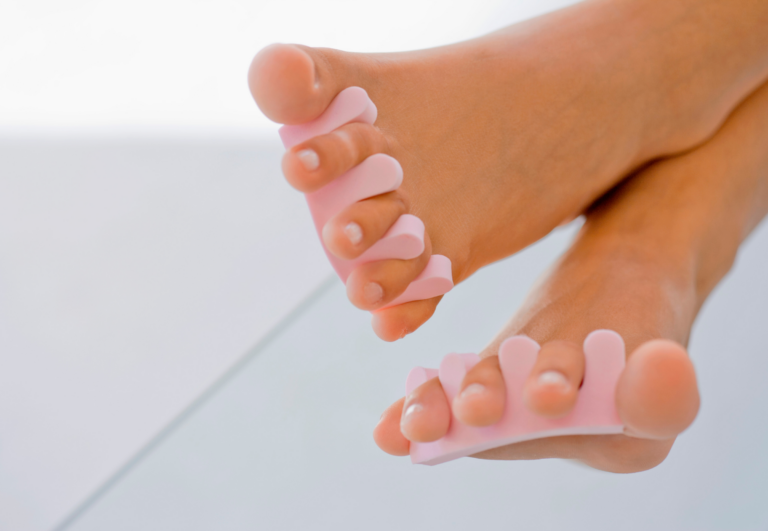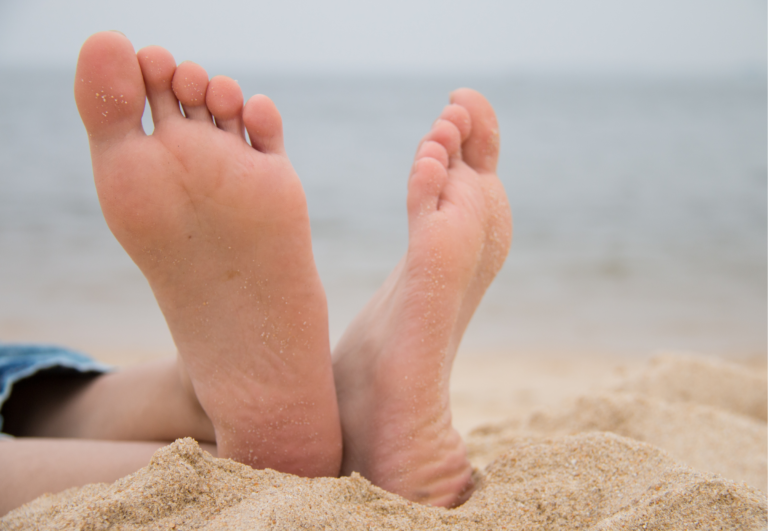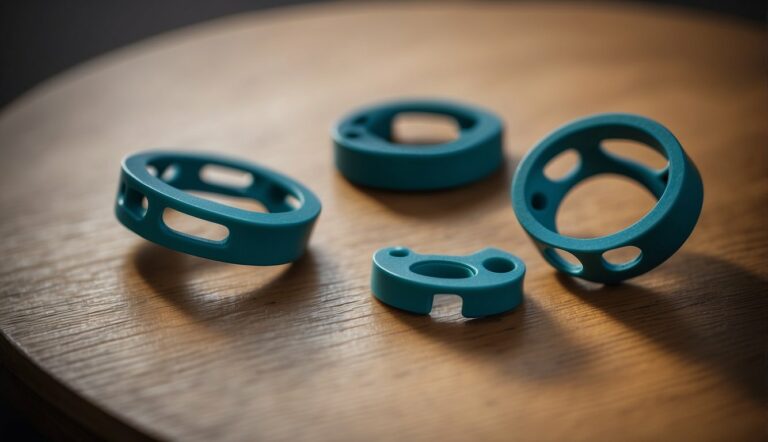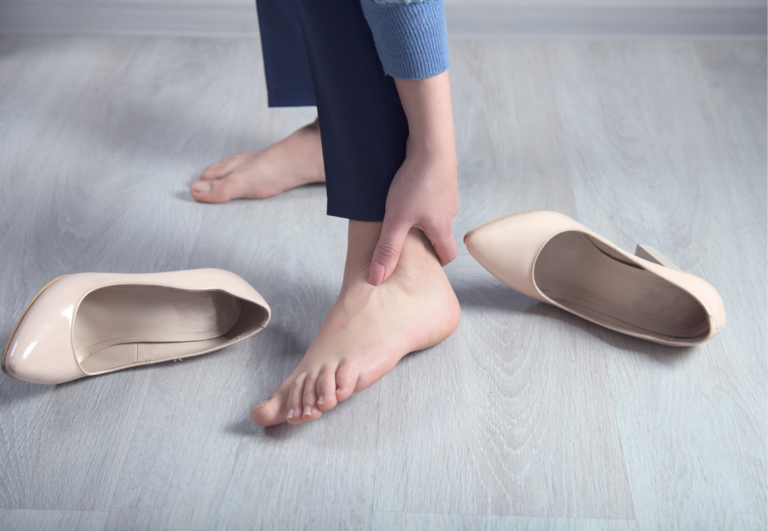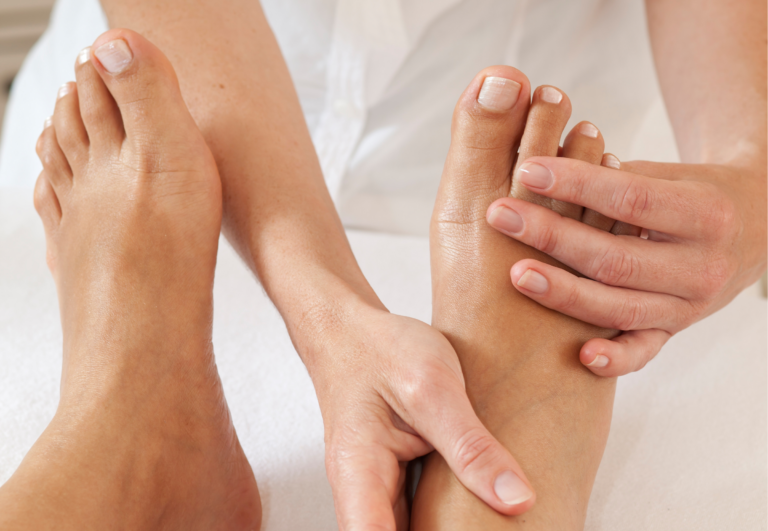Toe Spacer Workout Benefits: Enhance Your Foot Strength and Flexibility
Toe spacers, also commonly known as toe separators or toe stretchers, have become an essential tool for those looking to improve foot health through targeted exercises. As a seasoned user and advocate of toe spacers, I’ve found that integrating them into a regular workout routine can offer numerous benefits, such as enhanced toe alignment, increased flexibility, and better overall balance.
While toe spacers are simple to use, the key to reaping their benefits lies in consistency and proper technique. These devices fit snugly between the toes, gently encouraging them to return to their natural position, which is often compromised by tight footwear. Over time, this can aid in developing stronger foot muscles, alleviating pain, and preventing common toe-related issues.
Incorporating toe spacers into your exercises doesn’t require a significant time commitment. A short, daily routine can effectively promote foot health and provide a solid foundation for your lower extremities. My experience has shown that even just 10 minutes a day can yield visible improvements, making toe spacer workouts a pragmatic choice for anyone looking to enhance their foot strength and mobility.
Toe Spacer Overview
Toe spacers are fundamental tools for maintaining and improving toe alignment, which can enhance foot health and stability. They come in various materials like silicone and gel, and they impact the anatomy of the foot by addressing issues such as bunions and hammertoes.
Toe Spacer Types
Toe spacers come primarily in silicone and gel forms, with silicone being a popular choice for its durability and flexibility. Here’s how to implement them into a daily routine:
- Select a toe spacer that comfortably fits your foot size and toe width.
- Place the spacer between each toe, starting with the big toe.
- Wear the spacers for 5-10 minutes to begin with, gradually increasing to 20-30 minutes as you grow accustomed.
- For further stretching, flex and point your toes repeatedly with the spacers in place.
- Perform activities like walking in place to get used to the sensation of the spacers.
How Toe Spacers Work
Toe spacers function by gently pushing the toes apart, which counters the compressive forces from narrow shoes. They work best when incorporated into a consistent routine, often recommended as part of a warm-up or cool-down during workouts to help maintain toe alignment and promote flexibility.
Anatomy Impacted by Toe Spacers
The primary areas affected by toe spacers are the joints and muscles of the toes. Regular use can assist in addressing issues like bunion formation, triggered by misalignment of the big toe, and hammertoe, where toes adopt a bent position due to imbalance in the muscles and ligaments. By retraining the toes to spread naturally, toe spacers can help ease the discomfort associated with these conditions.
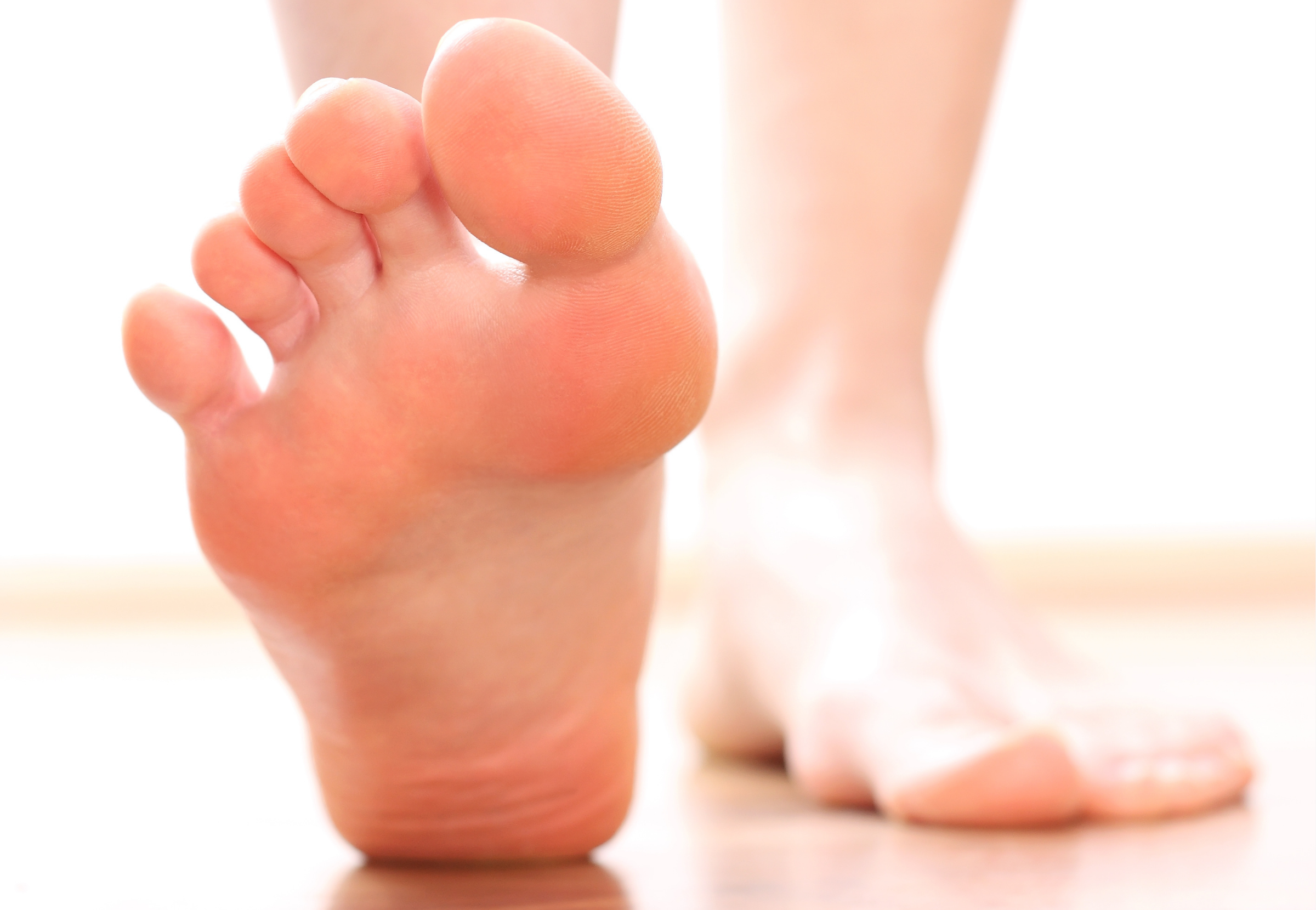
Toe Spacer Workout Fundamentals
The integration of toe spacers in workouts aims to enhance foot alignment, which can positively impact balance and stability. They may also contribute to the improvement of mobility and strength in the feet.
Pre-Workout Preparation
Before beginning a toe spacer workout, it is crucial to select the right type of spacers and ensure they fit comfortably. I recommend warming up with gentle foot stretches to prepare your muscles and joints for the exercises ahead. Here is a simple routine I often use:
- Toe Flex and Point: Sit down and extend your legs. Point your toes and then flex them toward your shin to warm up the muscles. Repeat 10 times.
- Toe Splay: With the spacers in place, try to spread your toes apart without straining. Hold for 5 seconds, and repeat 5 times.
- Ankle Rolls: Rotate your ankles slowly in a circular motion to increase joint mobility. Do 10 rolls in each direction for each foot.
Workout Techniques
Incorporating toe spacers during workouts can enhance efficacy. Here are some techniques that I find beneficial:
- Running: With toe spacers, your toes have improved alignment, which might translate to better running form. For novices, begin with a short 10-minute jog to adjust to the sensation.
- Balance Work: Perform single-leg stands or yoga poses like Tree Pose to challenge your stability with toe spacers. Aim for 30-second holds on each leg.
- Strength Training: When engaged in lower-body strength workouts like squats or lunges, toe spacers can help maintain proper toe alignment. Execute 2 sets of 10 reps per exercise ensuring form is correct.
Post-Workout Care
After exercising with toe spacers, it’s important to care for your feet to prevent discomfort:
- Stretch: Remove the spacers and do a thorough foot stretch to ease any tension from the workout.
- Inspect: Check between your toes for any signs of irritation or redness, suggesting an adjustment might be needed next time.
- Relax: A foot massage or a warm foot soak can help your muscles recover and ready for the next session.
Health Benefits and Recovery
Incorporating toe spacers into your routine can offer significant relief from a variety of foot ailments, enhancing recovery and overall foot health. I’ll walk you through how they can alleviate common foot conditions and contribute to long-term foot health improvements.
Alleviating Common Foot Conditions
I’ve found that a simple set of exercises with toe spacers can help mitigate foot pain from bunions, corns, blisters, and other ailments. Here’s a routine you might find useful:
Toe Presses:
- Rest with toe spacers on for 5 minutes.
- Press each toe down and hold for 3 seconds.
- Repeat 10 times per toe.
Toe Splay:
- With spacers in place, spread your toes as wide as possible.
- Hold for 5 seconds, relax, and repeat for a set of 10.
Toe Circles:
- Rotate each toe clockwise and then counterclockwise for 5 seconds each.
- Perform 5 circles per toe.
Regular use of toe spacers for these exercises not only helps with bunions, corns, and blisters but can also improve toe splay and range of motion. This may ultimately aid in recovery from conditions like plantar fasciitis by enhancing blood flow and reducing inflammation.
Long-Term Foot Health Improvements
By regularly implementing toe spacers, I’ve noticed improvements in my own foot health over time. Here’s what consistent use can help achieve:
- Enhanced Circulation: Better blood flow to the feet helps with nutrient delivery and healing.
- Reduced Foot Pain: Proper toe alignment aids in alleviating chronic pain conditions such as rheumatoid arthritis and diabetes-related foot issues.
- Prevention of Further Injuries: Increased toe splay and range of motion can deter injuries by promoting a natural foot alignment.
- Support for Flat Feet: The support from toe spacers can help in strengthening arches over time.
A simple table summarizing the long-term benefits:
| Benefit | Description |
|---|---|
| Enhanced Circulation | Promotes healing and reduces inflammation. |
| Reduced Foot Pain | Alleviates pain from various chronic conditions. |
| Prevention of Further Injuries | Increases range of motion, reducing risk of injury. |
| Support for Flat Feet | Strengthens arches and improves foot structure over time. |
Remember, while toe spacers can be incredibly beneficial, they’re a part of a broader approach to foot care. It’s important to pair their use with suitable footwear and, if necessary, consult a healthcare professional for personalized advice.
Choosing the Right Toe Spacer
When selecting toe spacers, the aim is to ensure they contribute positively to foot alignment without compromising comfort. Material quality, design intricacies, and fit are paramount for a beneficial toe spacer experience.
Material and Design Considerations
Materials:
- Silicone: Preferred for its durability and flexibility.
- Gel: Offers cushioning but may lack the longevity of silicone.
- Others: Hard plastics are less common due to discomfort.
| Material | Pros | Cons |
|---|---|---|
| Silicone | Durable, flexible, hypoallergenic | Generally more expensive |
| Gel | Cushioned, comfortable | Less durable, may deform faster |
| Hard Plastic | Firm support | Uncomfortable, less adaptive |
In addition to material, consider the design of the toe spacer:
- Earth Runners Mobility Toe Spacers are known for their ergonomic shape, simulating a natural, barefoot position.
- Correct Toes Toe Spacers are widely recognized for their ability to accommodate a range of shoe types due to their versatile sizing.
Fit and Comfort Evaluations
Fit is crucial when choosing toe spacers. Here’s my advice for assessing fit based on footwear:
- With wide toe box shoes: Choose spacers that complement the spacious design by matching your foot’s shape without over-stretching your toes.
- With narrow toe boxes or high heels: Opt for slimmer toe spacers that provide alignment without excessive force, reducing your risk of discomfort.
Furthermore, comfort is determined by:
- Spacers that remain securely in place during both rest and activity.
- Adequate toe separation without causing pain or pressure points.
A comfort test can be as simple as walking around with the toe spacers on for a few minutes to gauge initial comfort levels. Here’s a quick checklist for final evaluation:
- Spacer fits snugly without pinching
- Toes are aligned but not over-extended
- No slippage during movement
- Immediate feeling of improved balance and stability
Keep in mind, cost-effectiveness is also a factor. While silicone options might be pricier upfront, their longevity and adaptability can provide more value over time compared to cheaper materials.
Incorporating Toe Spacers into Lifestyle

Toe spacers can be seamlessly integrated into daily routines to promote foot health and improve balance. Whether you’re an athlete or simply looking to enhance foot function in daily life, here’s how to adapt these tools into your lifestyle.
Daily Use and Activities
I recommend starting with a consistent routine to get your feet accustomed to toe spacers. Here’s a simple daily practice:
- Begin by wearing toe spacers for 5-10 minutes a day while seated.
- Gradually increase the time, wearing them during various activities like walking around the house or during yoga, aiming for 30 minutes to an hour.
- Perform simple foot stretches: point and flex your toes with the spacers on, and rotate your ankles to encourage flexibility.
- Transition to wearing them during light exercises, ensuring they feel comfortable and do not impede your natural gait.
Athletes, especially runners, may find that toe spacers enhance their biomechanics and contribute to a more efficient gait by promoting a natural toe splay.
Integration with Other Footwear
Incorporating toe spacers with different types of footwear requires attention to the fit and function of shoes. Here’s what works for me:
- Barefoot Shoes: These shoes are often an ideal match due to their wide toe boxes. Toe spacers fit well inside and help maintain the natural position of toes.
- Regular Shoes: Ensure there is enough room in the toe box of your everyday shoes to accommodate spacers without causing discomfort.
- During Pedicures: Toe spacers can act just like the ones used in pedicures, holding toes apart for nail polish application while also aligning them.
Always choose shoes that support the correct toes positioning and don’t negate the benefits of toe spacers. Remember, the key is to complement the biomechanics and foot function enhancement that toe spacers offer.
